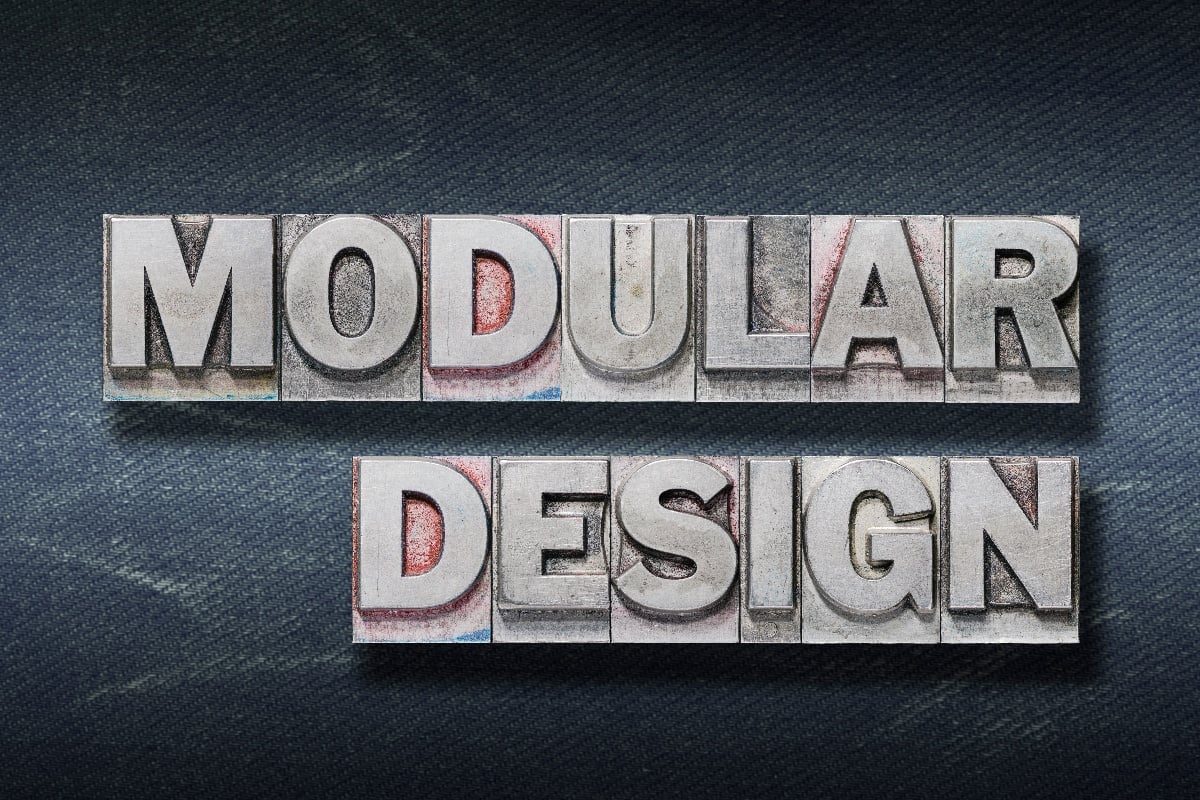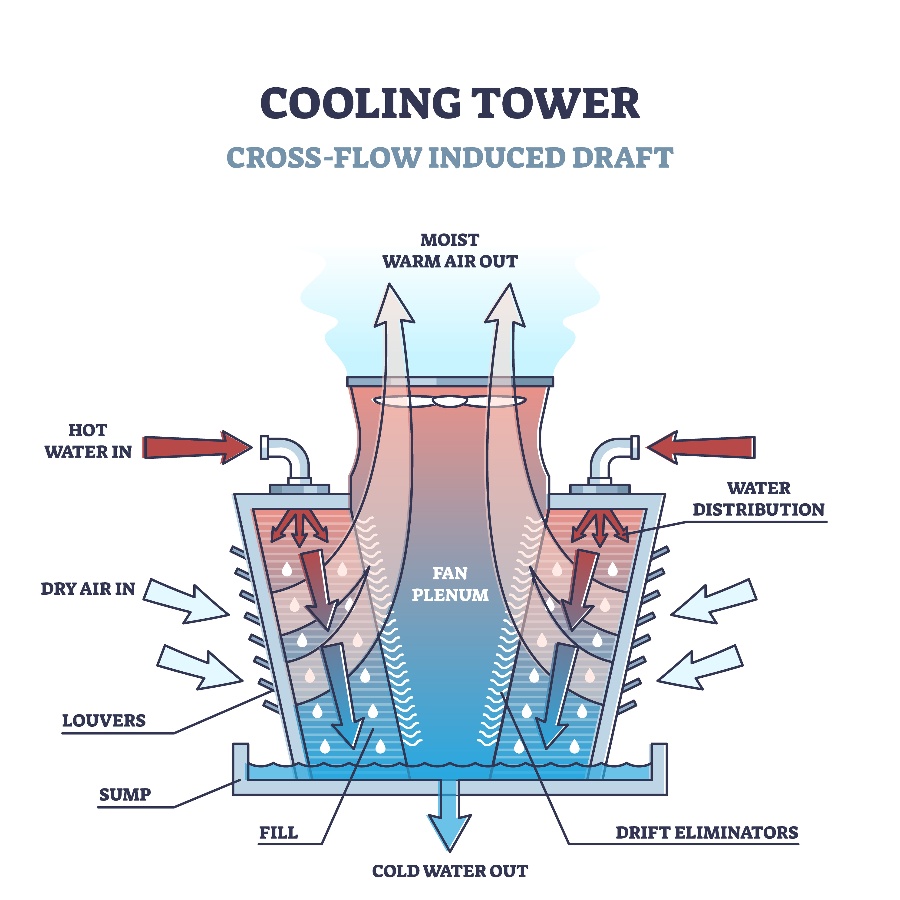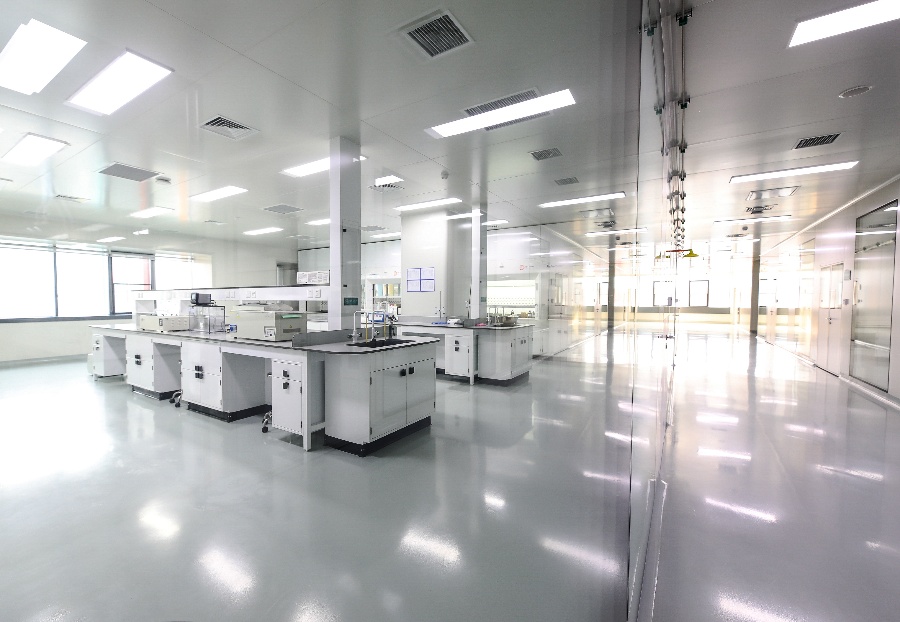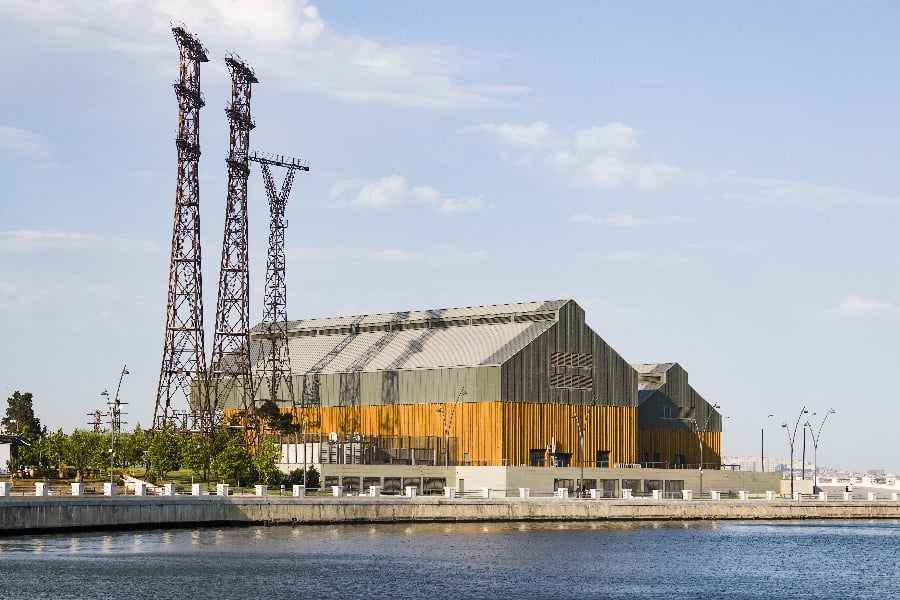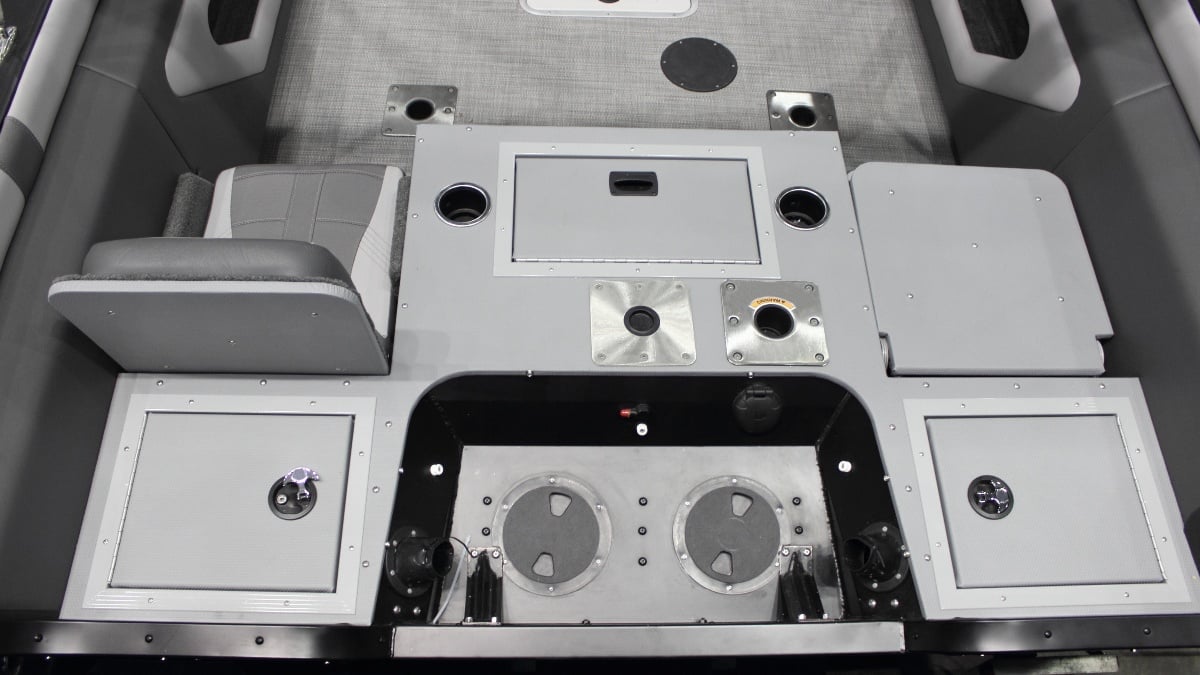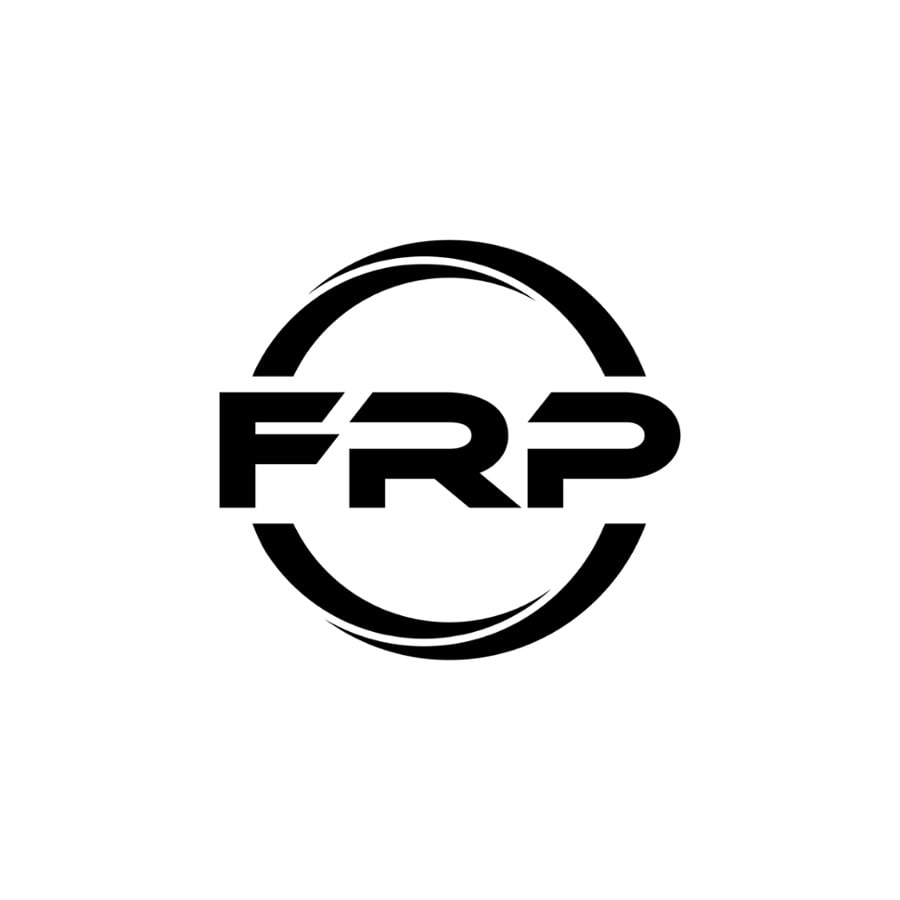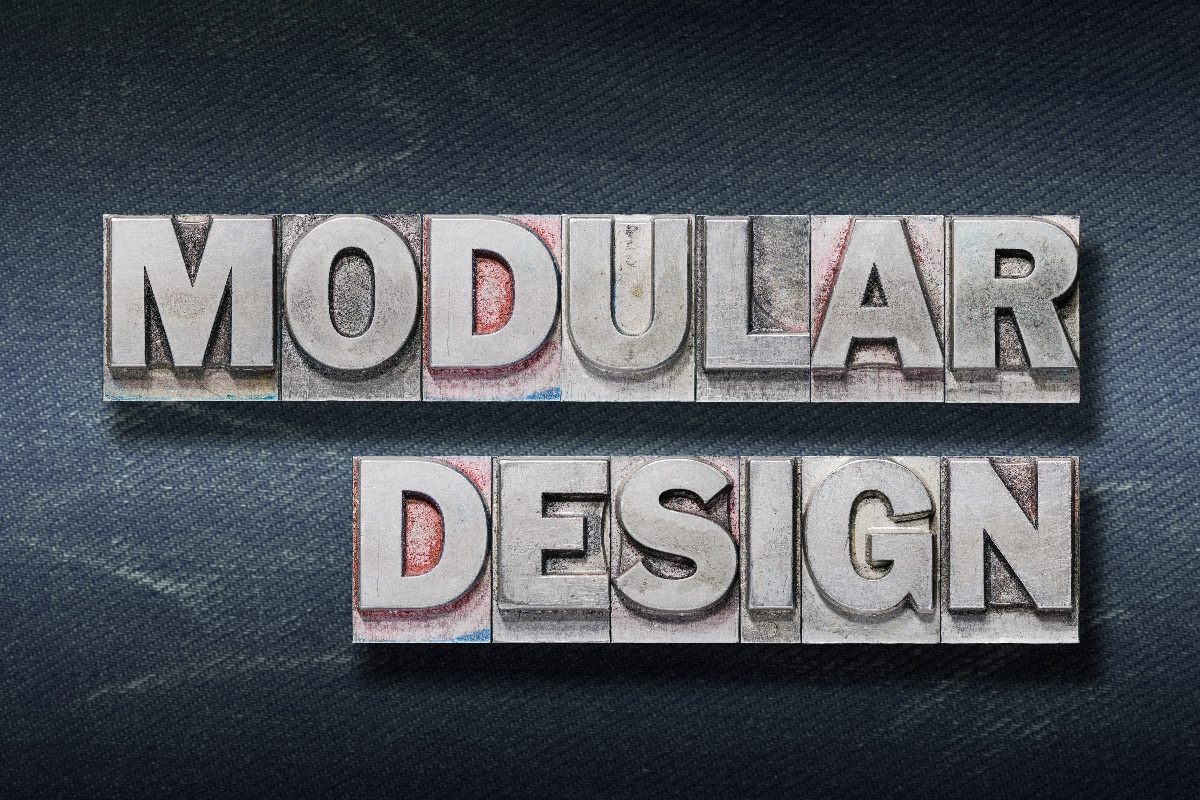
In the dynamic world of modern manufacturing, efficiency, scalability, and adaptability have emerged as crucial elements to drive success and competitive edge. One particular strategy that captures these traits is modular design–an innovative approach transforming the global manufacturing landscape.
Modular design, akin to building with LEGO blocks, involves creating an item out of smaller, interchangeable parts known as modules. The concept holds immense potential in catalyzing a paradigm shift, from traditional linear manufacturing processes to a more flexible, efficient, and resilient system.
This comprehensive guide explores the concept of modular design, its historical development, types, the crucial role it plays in the manufacturing industry, and its associated benefits and challenges. Furthermore, it delves into the application of Fiberglass-Reinforced Plastic (FRP), a robust and versatile material, in modular design, discussing its advantages and considerations. Engineers can implement modular design to develop better-performing manufacturing processes.
Understanding Modular Design
Modular design, also known as "modularity in design", refers to a design approach that subdivides a system into smaller parts or modules that can be independently created and then used in different systems. These modules are standardized and interchangeable, which means they can be mixed, matched, and swapped without any issue. This approach allows designers to create complex products, systems, or processes by combining simpler, self-contained modules.
Brief History and Evolution of Modular Design
The concept of modular design can be traced back to the early days of human civilization when primitive societies started to create tools and structures from interchangeable parts. However, the term "modular design" was only coined in the 20th century, initially being applied in architecture and later on in manufacturing, software design, and various other fields.
In the mid-20th century, modular design started gaining traction in the manufacturing sector with the advent of mass production. Manufacturers recognized that using standardized parts could increase efficiency, lower costs, and offer customers more variety. This approach was popularized by companies such as Toyota in the automotive industry and IBM in the computing industry.
In recent years, modular design has been further revolutionized by digital technology. Digital modeling and fabrication techniques have made it easier to design, test, and produce modules, while advancements in logistics and supply chain management have facilitated the distribution and assembly of modular products.
Different Types of Modular Design
There are several types of modular design, each with its own benefits and applications. Here are three common types:
Component Swapping Modularity: This type is often seen in the manufacturing of cars and computers, where different components or parts, such as engines, wheels, or hard drives, can be easily replaced or upgraded without affecting the rest of the system.
Slot Modularity: This involves a basic frame or structure into which different modules can be inserted or removed. A common example would be a modular sofa, where different sections can be rearranged or replaced according to preference.
Sectional Modularity: This type is used when an overall system is divided into smaller sections that can function independently but also work together as a whole. This is often seen in software design, where different sections of the code are designed to perform specific tasks but can also interact to create a more complex program.
Each of these types has its own specific advantages, but they all share the core benefits of modular design: increased flexibility, efficiency, and customization.
Importance of Modular Design in Manufacturing
Modular manufacturing refers to the process of producing individual, standardized modules or components that can be later assembled into a complete product. This approach contrasts with traditional manufacturing, which typically involves creating a product in a sequential manner from start to finish. In modular manufacturing, different modules can be produced simultaneously and even in different locations, before being brought together for final assembly. The key principle of this manufacturing approach is the use of standardized, interchangeable parts that can be efficiently mass-produced and easily assembled or disassembled.
How Modular Design Influences the Manufacturing Process
Modular design significantly influences the manufacturing process by introducing efficiency, flexibility, and scalability. By breaking down a product into its basic modules, manufacturers can specialize and streamline the production process. This modularity enables different parts of the production process to occur simultaneously, reducing lead times and enhancing productivity.
Furthermore, the standardization inherent in modular design allows for significant cost savings as modules used in one product can often be utilized in another. It also enables rapid response to market changes, as manufacturers can easily alter the combination of modules in a product to meet evolving consumer demands or incorporate technological advancements.
The role of modular design in manufacturing industries
Modular design has become increasingly important across various manufacturing industries, including automotive, electronics, construction, and aerospace. Some examples of its application include:
Automotive industry: Car manufacturers from Henry Ford and prior use modular platforms to produce multiple models with shared components, reducing production costs and allowing for greater customization options for customers.
Electronics industry: Consumer electronics, such as smartphones and computers, are often designed with modular components, enabling easy upgrades and repairs while reducing electronic waste.
Construction industry: Prefabricated buildings and modular construction techniques allow for faster, more efficient construction processes, with reduced waste, increased choice of materials, and lower overall costs.
Aerospace industry: Spacecraft and satellites often utilize modular design principles to simplify assembly, maintenance, and repair processes, as well as to facilitate component upgrades and replacements.
The Benefits of Modular Design in Manufacturing
Efficiency in Production Process
Streamlining Manufacturing Processes: Modular design allows for the standardization of parts, which simplifies production processes. With standardized modules, manufacturers can leverage assembly line techniques and automated systems, reducing the complexity of the production process and increasing output.
Reducing Production Time: Since modules are produced independently, multiple modules can be made simultaneously, significantly reducing production time. Additionally, any issues with a module can be isolated and resolved without impacting the entire product, further speeding up the production process.
Cost-Effective
Reducing Production Costs: Modular design can lead to economies of scale as the same modules can be used across different products. This standardization reduces the need for unique components, lowering production costs.
Minimizing Wastage: Modular design also minimizes waste, as defective modules can be discarded or recycled without affecting the rest of the product. This leads to more sustainable and cost-effective manufacturing processes.
Flexibility and Customizability
Enabling Design and Product Variations: With modular design, manufacturers can easily offer a variety of product configurations to meet diverse customer needs. By simply recombining or altering modules, manufacturers can create a wide range of product variations.
Facilitating Customization Based on Customer Demands: Modular products can also be easily customized according to specific customer requirements. Customers can select, replace, or upgrade specific modules to suit their preferences, adding value and promoting customer satisfaction.
Enhanced Product Quality
Improving Product Reliability and Performance: Modular design can enhance product reliability and performance. Since each module is designed and tested independently, manufacturers can ensure optimal performance for each part of the product.
Ensuring Product Consistency: Modular design also ensures product consistency. As each module is standardized, products have a consistent quality, reducing the likelihood of defects and improving overall product reliability.
Scalability
Facilitating Rapid Scaling of Production: Modular design allows manufacturers to scale production quickly in response to demand. Since modules can be produced independently, it's easy to increase production volumes when needed.
Enabling Easy Replication and Expansion: With a modular design, replicating a product or expanding a product line becomes much simpler. Manufacturers can quickly produce more of the same modules or develop new modules to expand their offerings.
Encouraging Innovation
Promoting Modular Upgrades: Modular design encourages innovation by making it easy to upgrade individual components of a product. This allows for continual improvement and adaptation to evolving technology trends without needing to redesign the entire product.
Enabling Quick Adaptation to New Technologies: The flexibility of modular design allows manufacturers to easily incorporate new technologies into their products. As technology evolves, new modules can be developed to replace outdated ones, keeping the product relevant and competitive.
Challenges and Limitations of Modular Design in Manufacturing
While modular design offers numerous benefits, it also comes with its own set of challenges and limitations. Let’s discuss the potential challenges associated with modular design in manufacturing and outline strategies to mitigate these limitations.
Understanding the potential challenges
Design complexity: Creating a modular system requires careful planning and a deep understanding of the product's architecture. Designers must ensure that modules are compatible, easy to assemble, and can be integrated seamlessly into the final product, which can be a complex task.
Trade-offs between standardization and customization: Striking the right balance between standardization and customization can be challenging. Over-standardization may limit customization options and hinder innovation, while excessive customization can increase production costs and reduce the benefits of modular design.
Integration issues: Ensuring seamless integration between modules can be difficult, especially when dealing with multiple suppliers or complex systems. Poorly designed interfaces can lead to compatibility issues, performance degradation, and increased maintenance requirements.
Quality control and consistency: Maintaining consistent quality across all modules is crucial for the success of a modular product. However, this can be challenging when dealing with multiple suppliers or production facilities.
Potential for increased costs: While modular design can reduce costs in many cases, it may also lead to increased costs in some instances, such as when developing highly specialized modules or investing in new production equipment.
Strategies to mitigate limitations
Invest in research and development: Investing in R&D can help manufacturers better understand the intricacies of modular design and develop innovative solutions to overcome design challenges and improve integration.
Collaborate with suppliers: Establishing strong relationships with suppliers and fostering collaboration can help ensure consistent quality across all modules and minimize integration issues. This includes sharing design guidelines, setting clear expectations, and conducting regular quality audits.
Develop robust design guidelines: Creating comprehensive design guidelines can help designers navigate the complexities of modular design and ensure that modules are compatible and easy to assemble. Guidelines should address aspects such as interface specifications, tolerances, and testing procedures.
Leverage simulation and testing tools: Employing advanced simulation and testing tools can help identify potential integration issues and design flaws early in the development process, allowing for timely adjustments and reducing the risk of costly redesigns.
Implement a phased approach: Adopting a phased approach to modular design can help manufacturers gradually transition from traditional design methods to modular design, allowing them to learn from their experiences and refine their processes over time.
Fiberglass-Reinforced Plastic in Modular Design
Fiberglass-Reinforced Plastic (FRP) is a composite material made of a polymer matrix reinforced with fine fibers of glass. The fibers provide the strength and flexibility to the material, while the polymer, usually a type of plastic, provides the shape and protects the fibers. FRP is renowned for its high strength-to-weight ratio, durability, corrosion resistance, and thermal insulation properties. These attributes make it an excellent choice for many applications, including in the field of modular design.
Applications of FRP in Modular Design
FRP is used in a variety of modular design applications due to its versatility and advantageous properties. In the construction industry, FRP modules are used for creating prefabricated wall panels, roof structures, and flooring systems. This not only speeds up the construction process but also ensures a high degree of precision and quality control.
In the automotive industry, FRP is used in the modular construction of vehicle parts such as bumpers, panels, and chassis components. It allows for lightweight, durable components that can enhance vehicle efficiency and performance. Furthermore, FRP is used in the manufacture of modular components in industries like marine (boat hulls), aerospace (aircraft components), and renewable energy (wind turbine blades).
Benefits of Using FRP in Modular Design
High Strength-to-Weight Ratio: FRP offers superior strength compared to many traditional materials, while also being significantly lighter. This makes it particularly useful for applications where weight is a concern, such as in automotive or aerospace components.
Durability: FRP is highly durable and resistant to corrosion, wear, and environmental damage. This means that modules made from FRP can have long service lives, reducing the need for frequent replacements or repairs.
Versatility: The properties of FRP can be adjusted by varying the type, orientation, and quantity of the reinforcing fibers. This allows manufacturers to create FRP modules with properties tailored to specific applications.
Ease of Fabrication: FRP can be easily molded into complex shapes, allowing for a high degree of design freedom in creating modules. Moreover, the fabrication process doesn't require high temperatures or pressures, reducing energy costs.
Challenges and Considerations when Using FRP in Modular Design
While FRP offers numerous benefits, there are also some challenges and considerations to keep in mind when using it in modular design. One challenge is the cost: FRP can be more expensive than traditional materials like steel or aluminum, especially for small production runs.
Secondly, while FRP is highly durable, it can be susceptible to damage from high impact forces or sharp objects. This means that FRP modules may need additional protection in some applications.
Lastly, while FRP itself is recyclable, the recycling process can be complex and costly due to the need to separate the fibers from the polymer matrix. As sustainability becomes increasingly important, this is a key consideration for manufacturers using FRP.
The Future of Modular Design in Manufacturing
Modular design has been used in manufacturing for decades, but the technology and trends influencing it are constantly changing. In order to understand the future of modular design in manufacturing, it is important to consider current trends and how they will shape the industry going forward.
Current Trends Influencing Modular Design
One of the most significant current trends influencing modular design is the increasing demand for customization. Consumers are increasingly looking for products that can be tailored to their individual needs and preferences, which requires manufacturers to adopt more flexible production processes. Additionally, digital technology has enabled manufacturers to develop more efficient methods of producing components and assembling them into larger systems. This has allowed companies to reduce costs while still meeting customer demands for customization.
Finally, advances in artificial intelligence (AI) have made it possible for manufacturers to automate many aspects of production, including designing modules and assembling them into larger systems. This automation allows companies to produce higher-quality products at a faster rate than ever before.
Predictions for the Future of Modular Design in Manufacturing
Looking ahead, it's likely that modular design will become even more integral to manufacturing:
Greater Adoption Across Industries: As more industries recognize the benefits, we're likely to see increased adoption of modular design, not only in traditional sectors like automotive or construction but also in industries such as healthcare, fashion, and consumer electronics.
Advanced Material Usage: The evolution of materials science will provide new opportunities for modular design. As we develop stronger, lighter, and more versatile materials, the possibilities for modular components will expand.
Shift Towards Circular Economy: Modular design can play a crucial role in facilitating a shift towards a circular economy, where waste is minimized and resources are reused or recycled. With the ability to easily disassemble and upgrade modular products, manufacturers can reduce waste and create sustainable business models.
The Role of Digital Technology and AI in Advancing Modular Design
Digital technology and AI have already had a major impact on modular design in manufacturing by enabling companies to automate many aspects of production while still maintaining high levels of quality control. As these technologies continue to advance over time, we can expect even greater improvements in efficiency and cost savings for manufacturers who adopt modular designs for their products. Additionally, AI-driven automation will allow companies to quickly adjust their production processes as consumer preferences change over time without having to completely overhaul their operations each time there is a shift in demand.
Though the journey of integrating modular design into the manufacturing industry may present challenges, it's undeniable that the benefits offered by this approach provide a robust foundation for sustainable, efficient, and customer-centric production. As we move forward, embracing modular design could indeed be the key to a successful and sustainable future in manufacturing.

